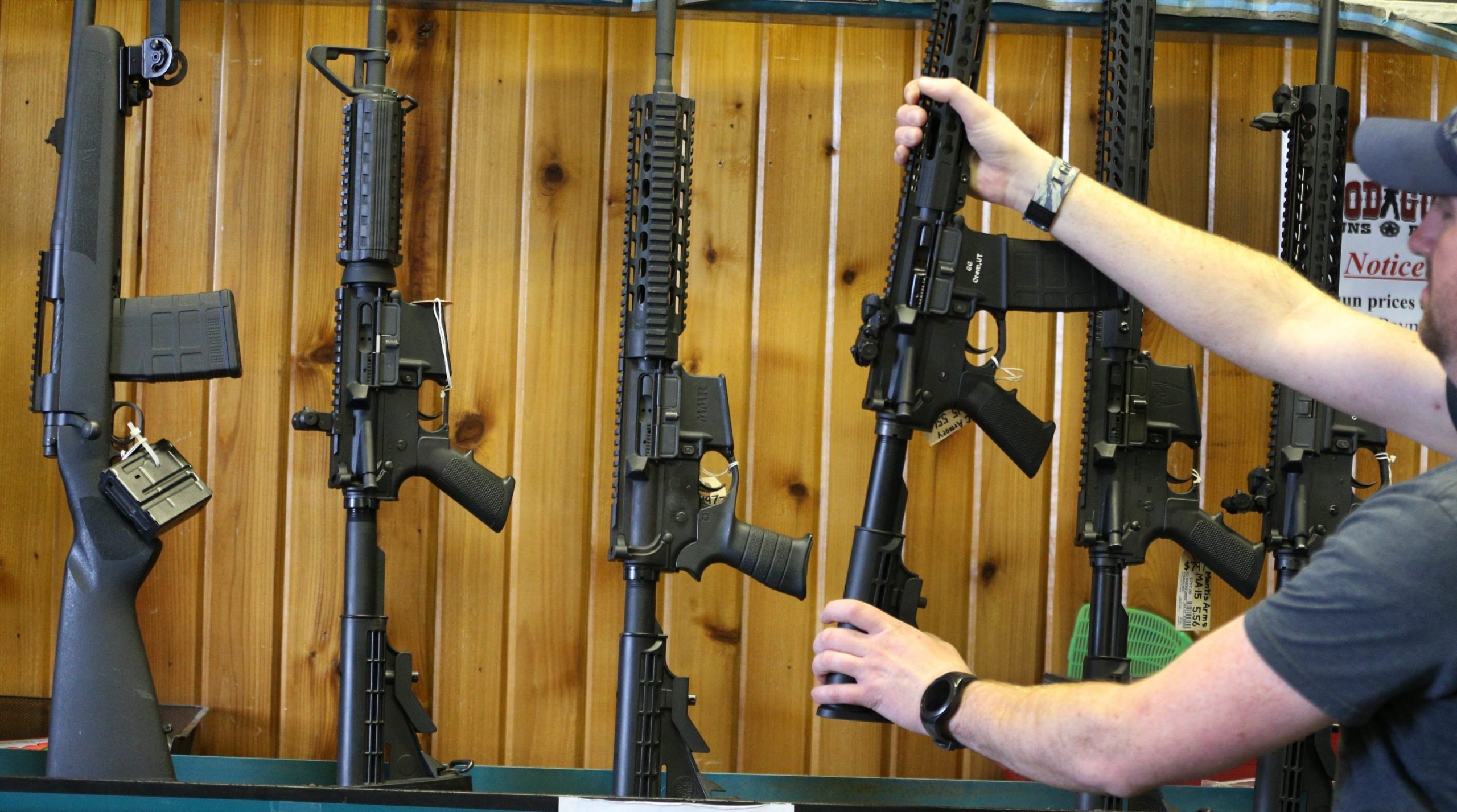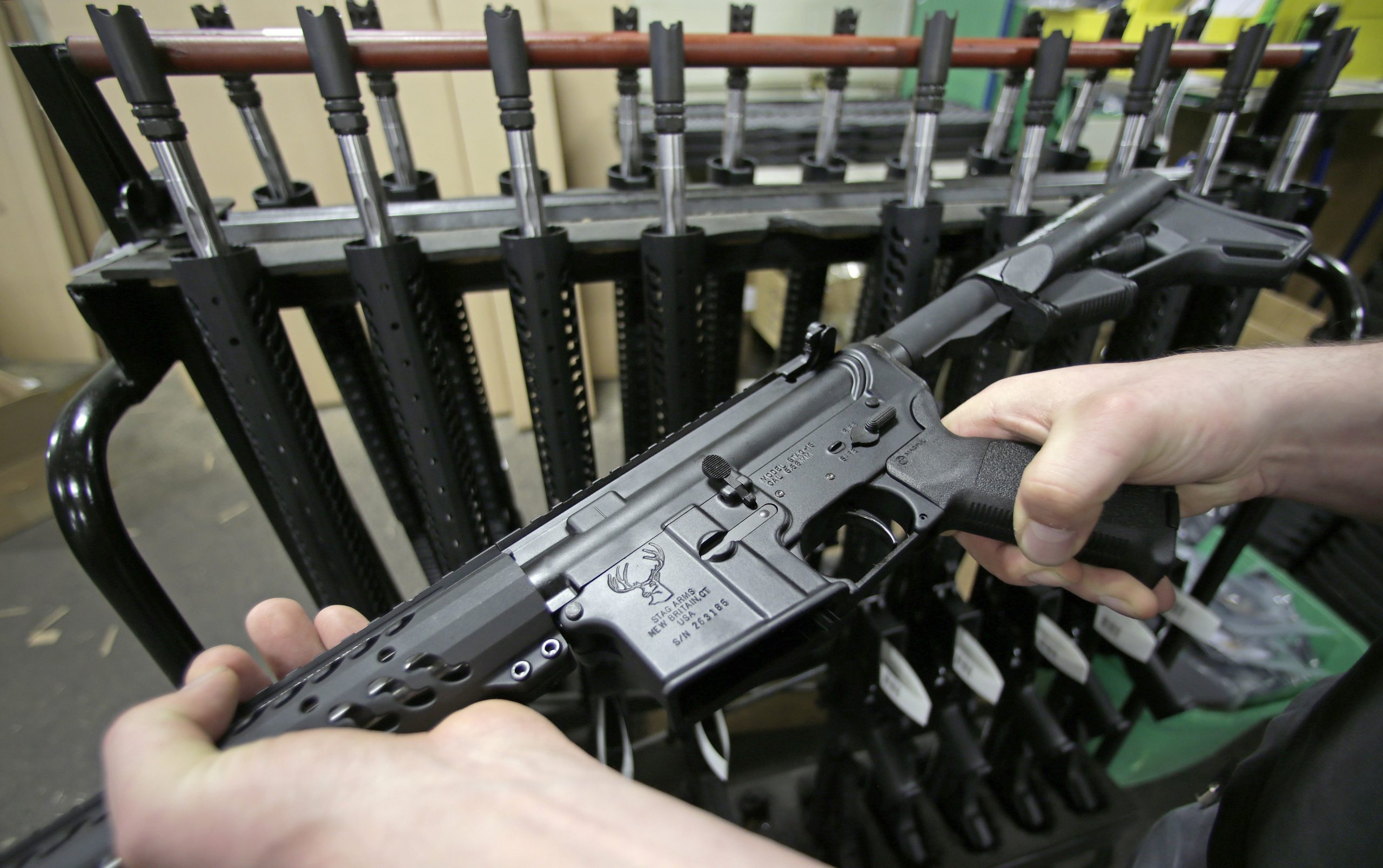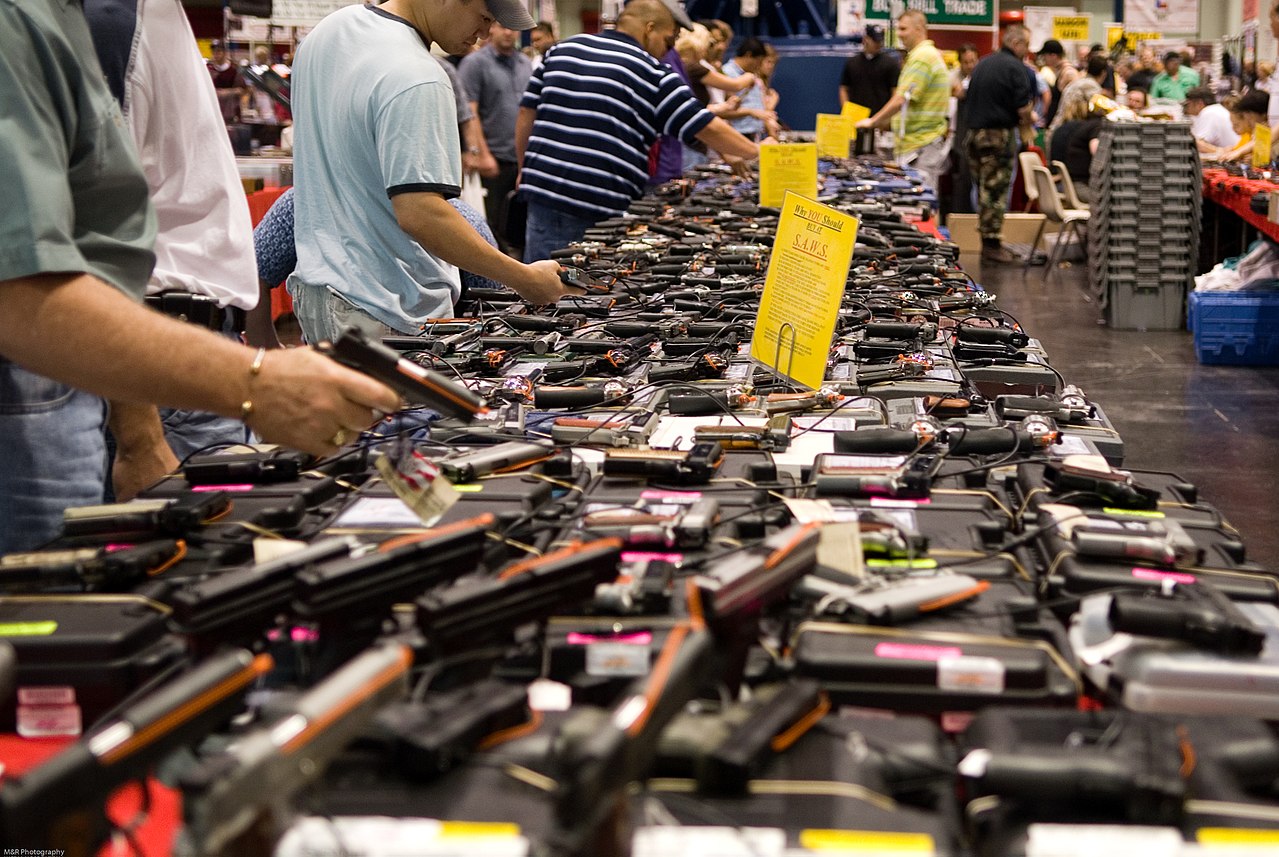In December of 2018, the Giffords Law Center released its annual report tracking new gun legislation in all 50 states. The report stated that more than half of states passed at least one gun safety measure in 2018. Of the 67 laws tightening gun policy, only three included changes to age requirements.
Federal law identifies two categories of firearms: handguns and long guns. In gun crimes for which the type of gun is known, handguns are most common. As a result, handguns are regulated more strictly than rifles and shotguns.
Federal law says that individuals must be 21 to purchase a handgun from a licensed dealer. In contrast, 18 year-olds can purchase long guns, including semiautomatic rifles. But if the seller is a private individual and unlicensed, those requirements melt away in states without comprehensive background checks: In these states, an 18-year-old can purchase a handgun, and there is no minimum age for who can buy a long gun.
Age requirements — and the gaps in federal law — entered the spotlight in February of last year, when a 19-year-old man used a legally purchased AR-15 rifle to murder 14 of his classmates and three school staffers in Parkland, Florida. Research shows that while most mass shootings involve handguns, rifles contribute to higher casualty counts. Furthermore, there are 30 states where individuals may buy guns from a private seller without any background check or even verification of age.
Like most policies that restrict a segment of the population from owning guns, age restrictions garner stiff opposition from gun rights groups.
As a proud and longtime gun owner, I believe in the right of law-abiding citizens to own firearms. But I also believe that this right is one the government has both the authority and obligation to regulate in the interest of public safety. Increasing age requirements is an important strategy to consider.
While an 18-year-old’s brain is similar to that of a fully mature adult, key cognitive processes continue to develop until age 26. These include impulse control, which can affect an individual’s ability to safely and appropriately use a gun.
Gun rights advocates argue that while such restrictions might successfully target and prevent dangerous actions by a few, the majority of those who would be affected are responsible gun owners. This argument lacks an understanding that owning a gun comes with unique risk. While gun ownership improves the lives of some, irresponsible gun use, including actions of those thought to be law-abiding citizens, can dramatically infringe upon the lIves of others. We must bear in mind that not only do guns have the potential to cause harm to living creatures, they were designed for that purpose.
Consistent rules based on relative risk are necessary for efficient and effective policymaking. Not every person who drinks and drives will cause a crash, but laws nonetheless prohibit this behavior to limit the threat to public safety and potential for harm in the interest of a well-regulated society.
Recent mass shootings have prompted policymakers to reconsider gun violence prevention policies, including minimum age laws. Florida increased the minimum age to purchase a rifle from 18 to 21 in March 2018, and Washington State increased the minimum age to 21 and added additional requirements for individuals purchasing semiautomatic rifles. Other states are considering or have passed similar measures. In February 2018, Senators Jeff Flake and Dianne Feinstein introduced The Age 21 Act, which would increase the minimum age to purchase and own a firearm to 21. And just a few weeks ago, U.S. Representative Anthony Brown reintroduced legislation that would raise the minimum age to purchase a semiautomatic rifle from a licensed dealer to 21.
There are a couple of studies that suggest minimum age laws can reduce harm among those under 21; however, more research is needed to identify to what extent age restrictions affect gun violence. Of course, the effectiveness of minimum age laws is dependent upon a robust set of policies to identify and screen out individuals prohibited from gun ownership by age or criminal history; otherwise, like in our current system, people who intend to violate the law will be able to choose to purchase a gun from a private seller with no background check.
As both a gun owner and gun violence prevention researcher, I recognize the need to implement evidence-based policies that do not infringe upon law-abiding citizens’ right to own guns. I believe by focusing on risk and accountability, we can create a policy environment in which those at greater risk for causing harm are prevented from accessing lethal means. Raising the legal age to purchase a semiautomatic rifle to 21 is a policy more states should consider if they want to reduce the toll of gun violence across America.
Cassandra Crifasi is the deputy director of the Center for Gun Policy and Research at the Johns Hopkins Bloomberg School of Public Health. The views expressed here do not necessarily represent the views of Johns Hopkins.


